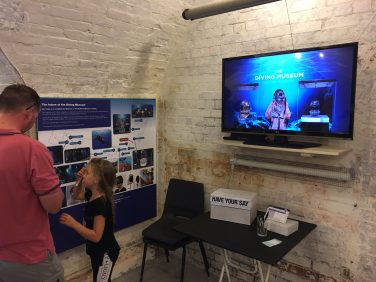What do we know about sporting heritage audiences?

Sporting Heritage was keen to find out.
It’s vital that we understand about our audiences not only to make sure that we deliver representative programming and activities, but to be able to inform future plans, collections policies, consultation activity, audience development plans, and funding applications.
As a result, Sporting Heritage was keen to answer the following questions:
- As a sector, what do we really know about sporting heritage audiences?
- Do we collect this data? And if so how? And if not, what can we do to change that?
- What does the data tell us about who are audiences are, what they want?
- And what does it tell us about who doesn’t access our collections?
To help to answer these questions the Understanding Audiences research was commissioned. With the aim of understanding if and how audience data is collected, analysed and used, and what this tells us, if anything, about who sporting audiences are.
The research report, published next month, found that although audience data collection has moved beyond the gathering of visitor numbers the data available does not provide a clear picture of sporting heritage audiences.
This lack of clarity is partly due to the limited research being undertaken about sporting audiences but also that audience data is often collected and used on an ad hoc basis. Most understand the need to collect information about their audiences but are unsure what data to collect and how to start collecting data, then also what to do with the data once they have it.
The findings have highlighted:
- the need for training across the sector in areas relating to data gathering and evaluation but also in terms of analysing data and implementing findings
- support and capacity building to enable organisations to embed evaluation, data gathering and analysis
- further research to improve knowledge and understanding of data collection of who our audiences are both for individual venues and collections and for the sector as a whole
- and further research and understanding of how to reach new audiences
As a respondent to the Understanding Audience’s research survey reflecting on the significance of collecting audience data noted:
‘It is important that sporting collections are seen for their value in addressing and contributing to the interpretation of cultural and social history, and their capability and potential to support education, participation and health & wellbeing activity; they are not just evidential records of a club or sport – they represent a starting point for other things.’
To be able to show this value a clear understanding of audiences is needed. Sporting Heritage will be drawing on the recommendations of the research and report over the coming months, with a view to supporting and increased upskilling of the sector in this area and increasing our understanding of both current audiences and how to engage new audiences.
Email: Sonia@rasbery.co.uk
Website: www.rasbery.co.uk
No Comments
Add a comment about this page